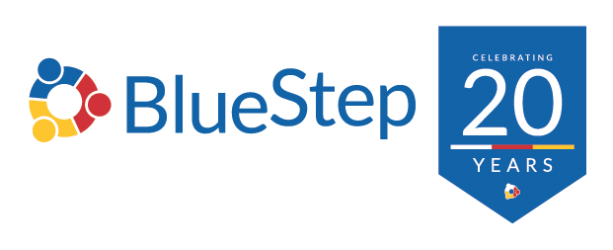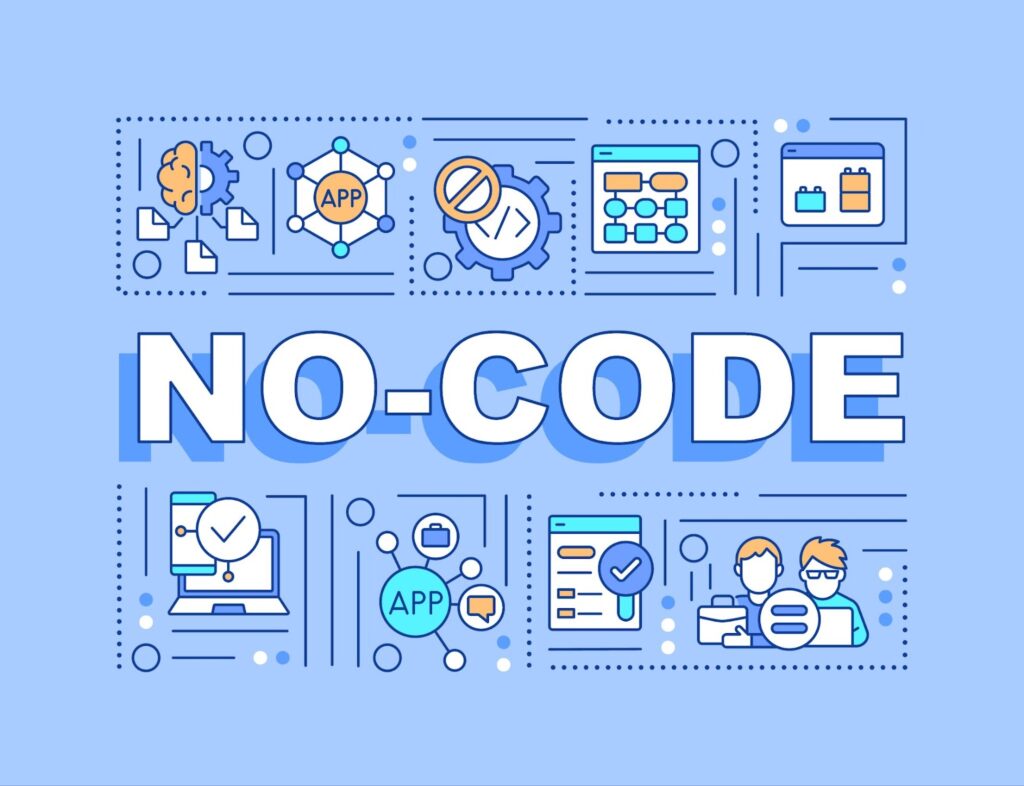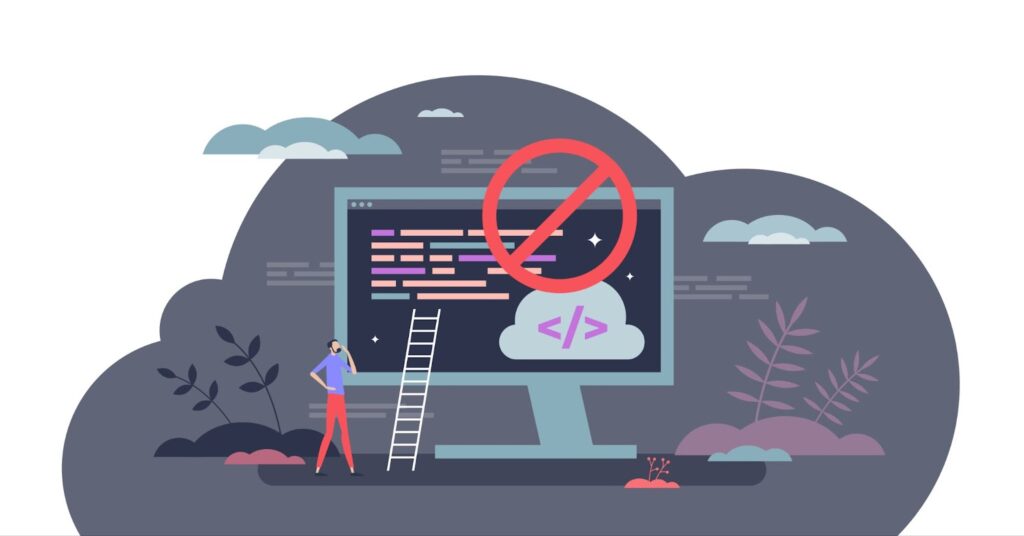Tracking treatment plans is essential for monitoring progress, evaluating outcomes, and ensuring effective care in behavioral health.
In this article, we will provide invaluable tips and strategies to help you effectively track treatment plans, select appropriate measurement tools, and maintain accurate records to support optimal patient care and offer excellent behavioral health solutions.
Keep reading to learn more.
Tip 1: Understanding the Basics of Treatment Plans
A behavioral health treatment plan is a comprehensive document that outlines the goals, objectives, and treatment strategies for an individual receiving behavioral health services. It serves as a roadmap for the patient and the treatment team to ensure that the individual’s needs are addressed effectively through your behavioral health services.
There are different types of treatment plans depending on the specific behavioral health issues being addressed. Some common types include:
- Individual Treatment Plan: This is a personalized plan developed for an individual seeking behavioral health treatment. It considers the person’s unique needs, strengths, and challenges and outlines the specific goals and objectives for their treatment.
- Group Treatment Plan: This treatment plan is designed for individuals participating in group therapy or counseling sessions. It includes collective goals and strategies that are relevant to the group as a whole.
- Family Treatment Plan: When addressing behavioral health issues that involve the entire family system, a family treatment plan is used. It focuses on improving communication, resolving conflicts, and strengthening family relationships.
To identify goals and objectives for a treatment plan, involving the individual receiving treatment is crucial. Here’s how to do it effectively:
- Assessment: Conduct a comprehensive evaluation of the individual’s needs, strengths, and challenges — this may involve clinical interviews, observations, and assessments.
- Collaboration: Work with the individual to identify their goals and aspirations. Encourage them to express their concerns, hopes, and expectations for treatment.
- SMART Goals: Set goals that are Specific, Measurable, Achievable, Relevant, and Time-bound. Clearly define what the individual wants to achieve and break it down into smaller, manageable objectives.
- Evidence-based Interventions: Identify evidence-based treatment strategies suitable for the individual’s specific needs. These interventions should align with the identified goals and objectives.
Individualization is crucial in behavioral health treatment plans for several reasons:
- Tailored Approach: Each individual has unique experiences, strengths, and challenges. Individualizing treatment plans can be tailored to meet the person’s specific needs, increasing the chances of successful outcomes.
- Motivation and Engagement: When individuals feel that their treatment plan is personalized and addresses their specific concerns, they are more likely to be motivated and engaged in recovery.
- Holistic Care: Treating the individual as a whole, rather than focusing solely on the symptoms, allows for a more comprehensive approach to behavioral health treatment. Individualized plans can address various aspects, such as physical, emotional, social, and spiritual well-being.

Tip 2: Organizing and Maintaining Records
Organizing and maintaining behavioral health records is essential for effective treatment planning and continuity of care. Here are some steps to help you organize and maintain these records for your behavioral health services:
- Establish a System: Create a systematic approach to organizing and storing behavioral health records. This can involve using physical file folders, digital folders, or electronic health record (EHR) systems.
- Standardize Documentation: Develop and implement standardized formats for documentation, including progress notes, assessments, treatment plans, and any other relevant documents. Consistent formats make it easier to locate and review information.
- Secure Storage: Ensure that physical records are stored securely, such as locked filing cabinets or restricted access areas. If using electronic records, maintain appropriate security measures to protect patient confidentiality and comply with privacy regulations.
- Appropriate Labeling and Indexing: Label each record with the patient’s name, service date, and unique identifiers. Use a consistent and logical indexing system to make searching for and retrieving records more accessible when needed.
- Date and Sign Records: Every record should include the date it was created or updated and the signature or initials of the person responsible for that entry. This helps establish a clear timeline and accountability.
- Ensure Accuracy and Completeness: Review and verify the accuracy and completeness of each record entry. Ensure the information is clear, factual, and relevant to the patient’s treatment.
- Regularly Update and Review: Continuously update and review records as treatment progresses. This includes documenting changes in the patient’s condition, treatment interventions, and progress toward goals. Regularly review records to assess the effectiveness of the treatment plan and make any necessary adjustments.
- Document Communications: Keep a record of any communication related to the patient’s treatment, such as telephone calls, emails, or consultations with other healthcare providers. Document the date, summary of the conversation, and individuals involved.
- Retention and Disposal: Establish guidelines for retaining and disposing behavioral health records based on legal and regulatory requirements. Safely dispose of documents when they are no longer needed or after the designated retention period has ended.
Remember, proper organization and maintenance of behavioral health records are crucial for providing comprehensive care, ensuring accuracy and continuity, and protecting patient confidentiality as part of your behavioral health solutions.

Tip 3: Selecting Appropriate Tracking Measures
Selecting appropriate tracking measures as part of your behavioral health solutions is vital to evaluating the effectiveness of treatment interventions and monitoring a patient’s progress. Here’s how you can go about selecting these measures:
- Identify Treatment Goals: Start by clearly defining the treatment goals and objectives for the individual. Determine the specific outcomes or changes you aim to achieve during treatment. Make sure the goals are measurable and realistic.
- Consider Clinical Relevance: Choose tracking measures clinically relevant to the individual’s presenting issues and the treatment approach being used. Consider factors such as symptom severity, functional impairment, quality of life, or specific behavioral changes.
- Use Validated Instruments: Utilize validated measurement tools or instruments whenever possible. Validated instruments have been rigorously researched and proven reliable and valid for assessing specific constructs or outcomes.
- Consider Practicality: Assess the practicality and feasibility of implementing certain measurement tools. Consider factors such as time constraints, ease of administration, scoring, and interpretation of results. Select measures that can be easily integrated into routine clinical practice.
- Match Assessment Frequency: Determine the appropriate frequency for administering the tracking measures. Some measures may be suitable for daily or weekly monitoring, while others may be administered monthly or at specific treatment milestones.
- Select Multiple Measures: It’s often beneficial to select multiple measures to assess a patient’s progress. This can provide a more comprehensive understanding of their treatment response and help identify specific areas of improvement.
- Involve the Patient: Seek input from the patient when selecting tracking measures. Engage them in the process, explain the purpose of the measures, and consider their preferences and comfort level with different assessments.
- Consider Cultural and Linguistic Factors: Ensure the selected measures are appropriate and relevant across diverse cultural and linguistic backgrounds. If necessary, consider using translated and culturally adapted versions of the measures.
- Document and Communicate Results: Document the results of the tracking measures accurately in the patient’s records. Use the results to inform treatment decisions and communicate progress with the patient and other treatment team members.
Remember, selecting appropriate tracking measures requires careful consideration of the treatment goals, clinical relevance, validity, feasibility, and patient preferences. By using the proper measures, you can effectively monitor and assess a patient’s progress throughout their behavioral health treatment.
Tip 4: Collaborating With Other Providers
Collaboration with other providers is crucial in providing comprehensive and coordinated patient care. Here’s a guide on how to effectively collaborate with other providers:
- Establish Open Communication: Foster open lines of communication with other providers involved in the patient’s care.
- Share Relevant Information: Provide timely and relevant information to other providers to ensure they completely understand the patient’s history, current status, and treatment plan.
- Ensure Privacy and Confidentiality: Adhere to privacy laws and regulations to protect patient confidentiality when sharing information. Obtain appropriate consent from the patient before sharing their medical information with other providers.
- Establish Roles and Responsibilities: Clearly define the roles and responsibilities of each provider involved in the patient’s care. Establish a shared understanding of who is responsible for specific aspects of treatment to avoid confusion or duplication of efforts.
- Attend Team Meetings: Participate in interdisciplinary team meetings or case conferences to discuss the patient’s progress, treatment planning, and any challenges or concerns. These meetings allow for collaborative decision-making and coordination of care.
- Engage in Bi-Directional Communication: Actively listen to the input and expertise of other providers and contribute your insights when relevant. Encourage and value the perspectives of all team members.
- Establish a Treatment Plan: Develop a shared treatment plan that outlines goals, objectives, and strategies for the patient’s care. Collaborate with other providers to ensure the plan includes their expertise and aligns with best practices.
- Consistent Updates: Regularly update other providers regarding the progress and changes in the patient’s condition or treatment. This could involve sharing clinical notes, assessments, or progress reports to maintain transparency and continuity of care.
- Coordinate Transitions of Care: Collaborate closely during transitions of care, such as when a patient is discharged from the hospital or transferred between different treatment settings. Ensure all relevant information is communicated to the receiving provider to facilitate a smooth transition.
Take Your Behavioral Health Treatment Plans to the Next Level With BlueStep Systems
Ready to take your behavioral health services to the next level? Check out BlueStep Systems for cutting-edge solutions that streamline treatment tracking, enhance provider collaboration, and ensure comprehensive patient care.
With our user-friendly platform and innovative features, BlueStep Systems is the ideal choice for behavioral health professionals looking to maximize efficiency and improve patient outcomes. Take advantage of the opportunity to revolutionize your practice – request a demo today!




